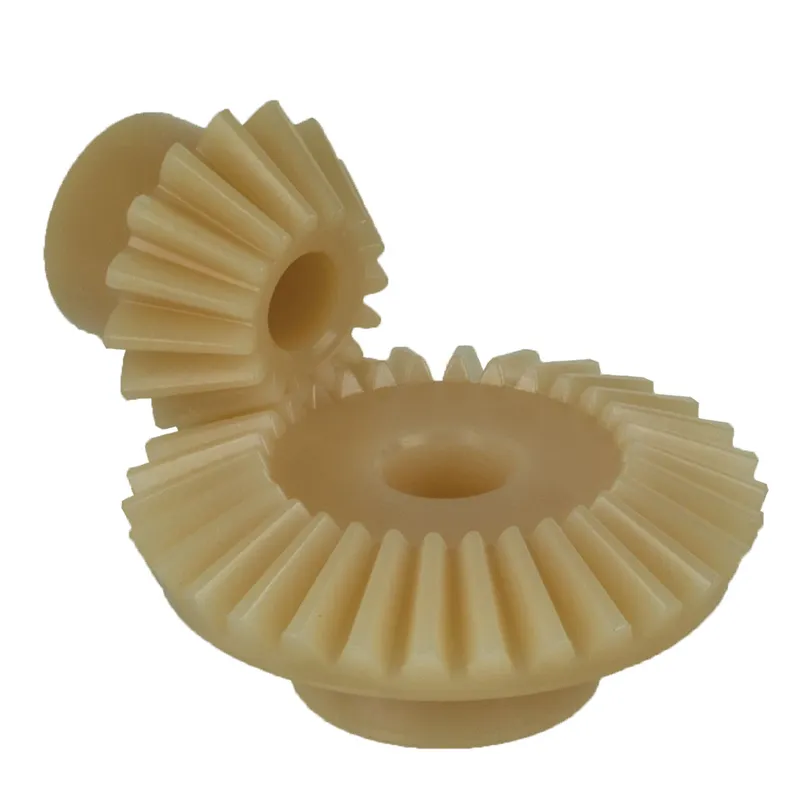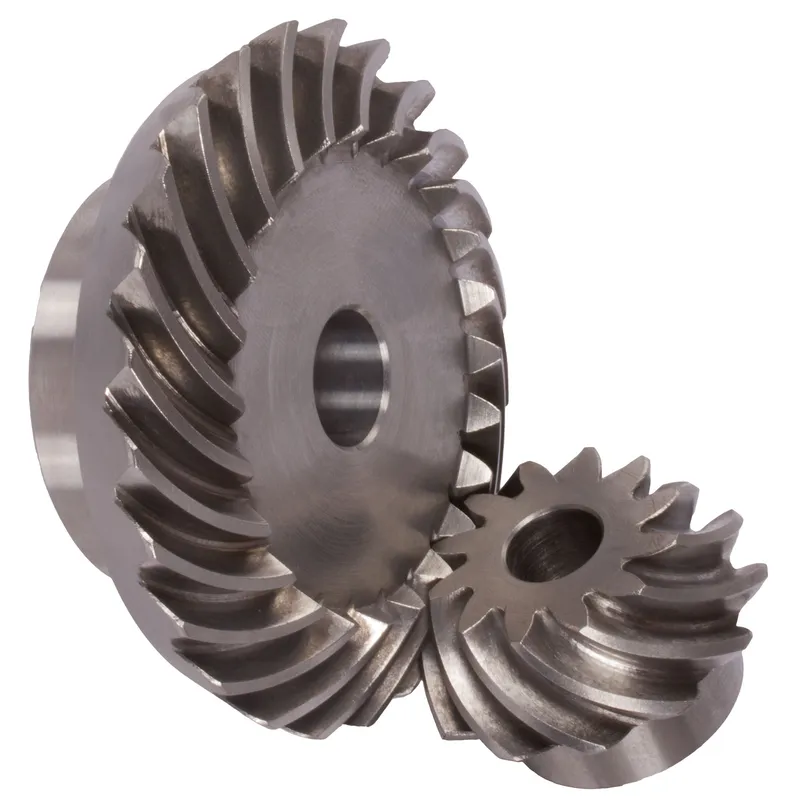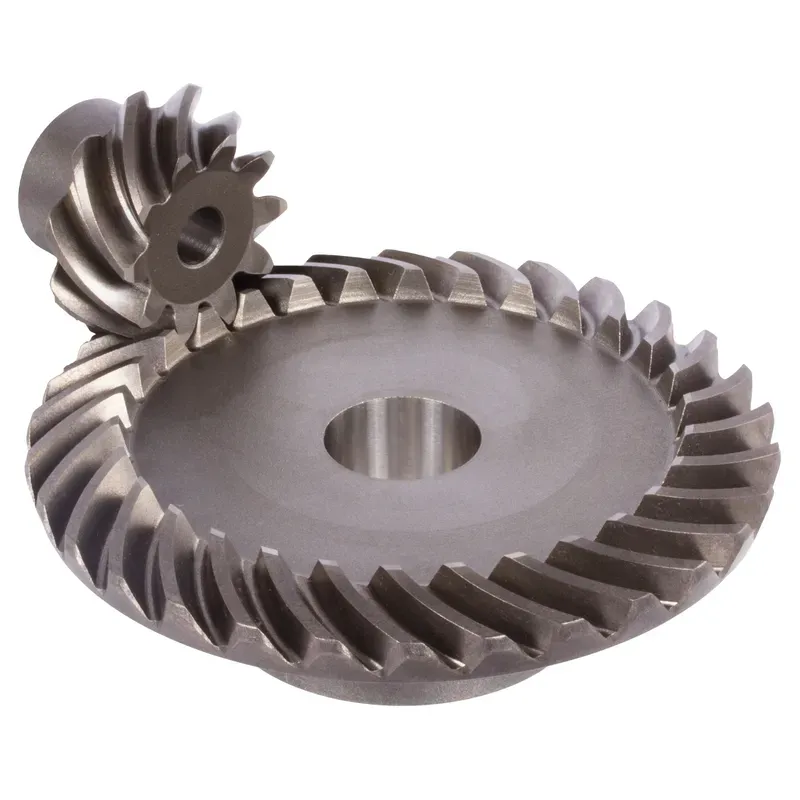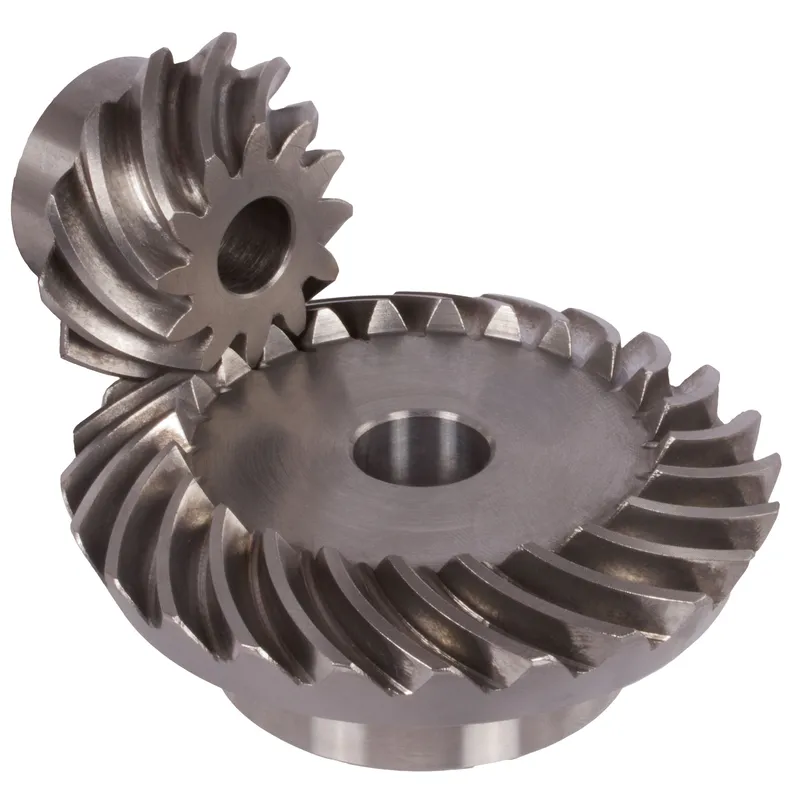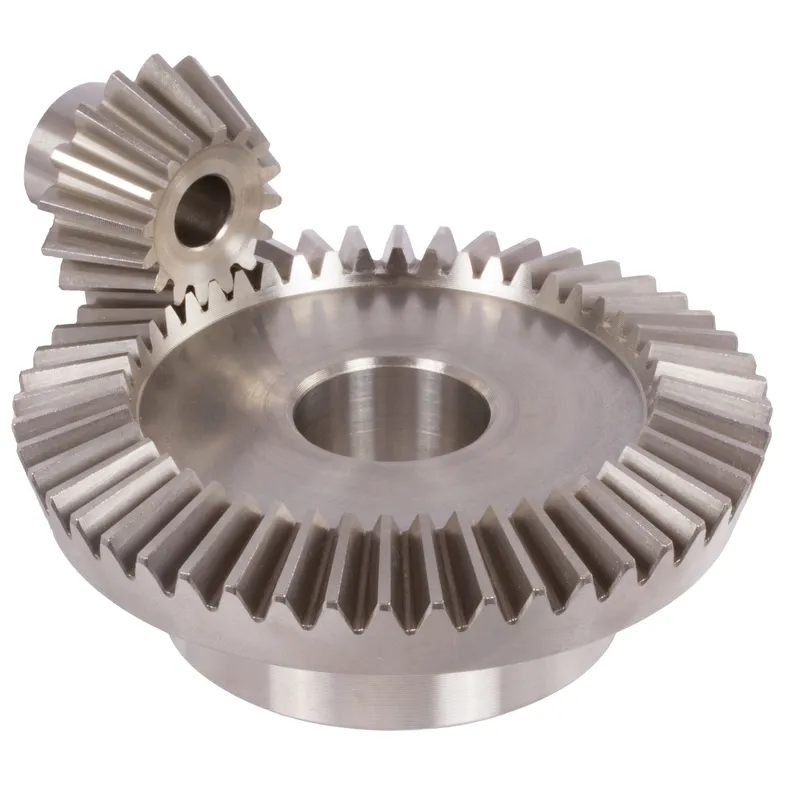Polyacetal Resin Plastic Bevel Gear Ratio 3:1 Straight Tooth System
The polyacetal resin plastic bevel gear ratio 3:1 straight tooth system refers to a mechanical gear setup made from polyacetal resin, a high-performance engineered plastic known for its excellent strength, durability, and low friction properties. This gear system features bevel gears, which are conically shaped gears designed to transmit power between intersecting shafts, typically at a 90-degree angle. The “straight tooth” design signifies that the teeth are aligned radially on the gear face, ensuring smooth engagement and efficient power transfer. These gears are lightweight, corrosion-resistant, and widely used in precision machinery, robotics, and small mechanical devices.
The polyacetal resin plastic bevel gear ratio 3:1 straight tooth system refers to a mechanical gear setup made from polyacetal resin, a high-performance engineered plastic known for its excellent strength, durability, and low friction properties. This gear system features bevel gears, which are conically shaped gears designed to transmit power between intersecting shafts, typically at a 90-degree angle. The "3:1 ratio" indicates that the driving gear (input) rotates three times for every single rotation of the driven gear (output), providing a torque increase at the expense of speed. The "straight tooth" design signifies that the teeth are aligned radially on the gear face, ensuring smooth engagement and efficient power transfer. These gears are lightweight, corrosion-resistant, and widely used in precision machinery, robotics, and small mechanical devices.
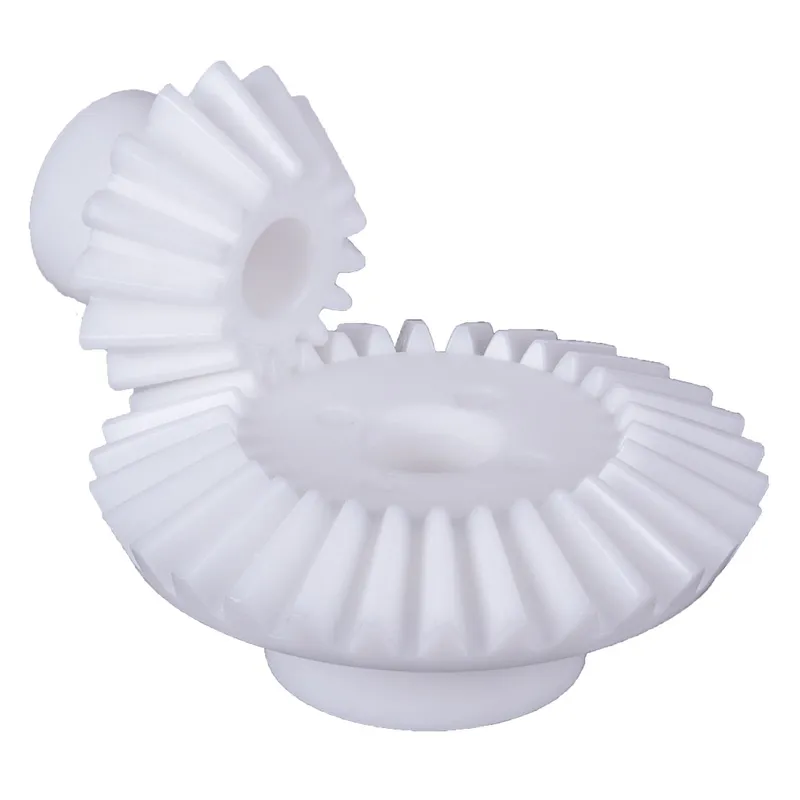
Polyacetal Resin Plastic Bevel Gear Ratio 3:1
 | 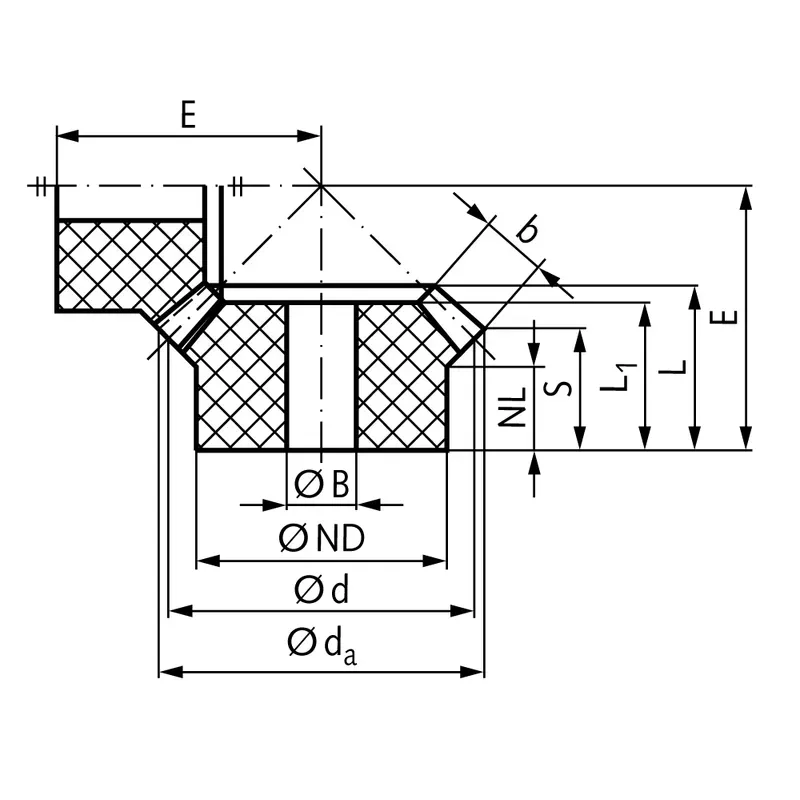 |
| Module | Number of teeth | da | d | ND | NL | L1 | L | S | b | B | E | Torque* | Weight |
| mm | mm | mm | mm | mm | mm | mm | mm | mm | mm | Ncm | g | ||
| 1 | 15 | 16,6 | 15 | 12,3 | 11 | 20,4 | 20,4 | 12,1 | 9,2 | 5 | 34,3 | 16 | 2,8 |
| 1 | 45 | 46,1 | 45 | 23,4 | 9,6 | 16,5 | 18,2 | 15,7 | 9,2 | 10 | 22,7 | 48 | 17,5 |
| 1,5 | 15 | 25,1 | 22,5 | 17,2 | 12,5 | 26,8 | 26,8 | 13,5 | 14 | 8 | 47,9 | 64 | 7,6 |
| 1,5 | 45 | 68,8 | 67,5 | 30,4 | 11,5 | 21,5 | 23 | 19,2 | 14 | 12 | 29,4 | 192 | 50,5 |
| 2 | 10 | 24,0 | 20 | 15,6 | 12 | 25,0 | 25 | 13,2 | 12,5 | 6 | 43,7 | 30 | 6,0 |
| 2 | 30 | 61,7 | 60 | 30,3 | 11,5 | 20,2 | 22,5 | 19,0 | 12,5 | 12 | 28 | 90 | 38,0 |
| 2,5 | 10 | 29,7 | 25 | 18,8 | 13 | 28,8 | 28,8 | 14,1 | 15,7 | 8 | 52,4 | 60 | 10,2 |
| 2,5 | 30 | 77,2 | 75 | 36,1 | 15,5 | 25,2 | 29 | 24,1 | 15,7 | 18 | 35,7 | 180 | 67,5 |
Key Features of Plastic Straight Bevel Gears
1. Lightweight and Corrosion Resistance
Plastic straight bevel gears are significantly lighter than their metal counterparts, making them ideal for applications where weight is a concern. Additionally, their resistance to rust and corrosion makes them suitable for environments with humidity or chemical exposure.
2. Low Noise and Smooth Operation
Plastic materials naturally absorb vibrations, resulting in quieter gear operation compared to metal gears. The straight tooth design ensures smooth engagement and power transfer, reducing operational noise levels and making them ideal for noise-sensitive applications like robotics or medical devices.
3. High Durability and Wear Resistance
Despite being lightweight, plastic bevel gears are designed to handle significant loads. Materials like polyacetal provide excellent wear resistance and durability, enabling these gears to withstand continuous operation in machinery without frequent replacements or maintenance.
4. Cost-Effective Manufacturing
Plastic straight bevel gears are cheaper to produce than metal gears, especially for high-volume production. Injection molding allows for precise manufacturing, reducing production costs while maintaining dimensional accuracy and consistent quality across large quantities.
5. Self-Lubricating Properties
Many plastics used in bevel gears, such as polyacetal, exhibit self-lubricating properties. This minimizes the need for external lubrication, reducing maintenance requirements and ensuring long-lasting performance in applications where lubrication is difficult or impractical.
6. Versatility in Design and Application
Plastic bevel gears can be customized to various sizes, shapes, and specifications, making them highly versatile. They are widely used in industries such as automotive, electronics, and consumer goods, where lightweight, precision, and reliability are crucial for performance.
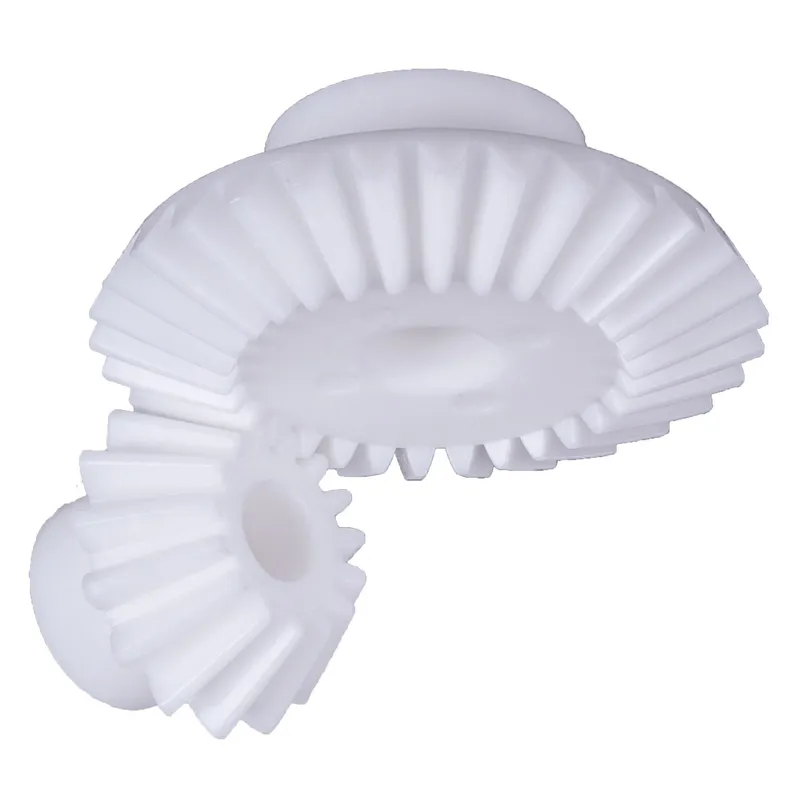
Applications of Plastic Bevel Gears Transmission
1. Automotive Industry
Plastic bevel gears are widely used in the automotive industry for lightweight and efficient power transmission. They are found in systems such as windshield wipers, seat adjusters, and air conditioning units, where precision, noise reduction, and durability are essential for smooth operation.
2. Medical Equipment Industry
In medical devices, plastic gears are crucial for compact, lightweight, and quiet mechanisms. They are used in equipment like imaging devices, diagnostic tools, and surgical robots, where high precision, low noise, and corrosion resistance are vital for reliable performance and patient safety.
3. Consumer Electronics Industry
Plastic bevel gears are commonly used in consumer electronics such as cameras, printers, and household appliances. Their lightweight design, low noise levels, and cost-effectiveness make them ideal for applications requiring compact mechanisms and efficient power transmission in everyday electronic devices.
4. Robotics and Automation Industry
In robotics and automation, plastic straight bevel gears play an integral role in compact and lightweight designs. They are used in robotic arms, servo motors, and actuators, where high precision, durability, and quiet operation are essential for seamless movement and efficient functionality.
5. Food and Beverage Industry
Plastic bevel gears are utilized in food processing and packaging equipment due to their resistance to corrosion and ability to operate without lubrication. Their hygienic properties and compliance with food safety standards make them suitable for applications in environments requiring cleanliness and safety.
6. Aerospace Industry
In the aerospace sector, plastic gears contribute to weight reduction in aircraft components and systems. They are used in auxiliary systems such as cabin mechanisms and seat adjustments, where lightweight, durability, and resistance to environmental factors are critical for optimal performance.
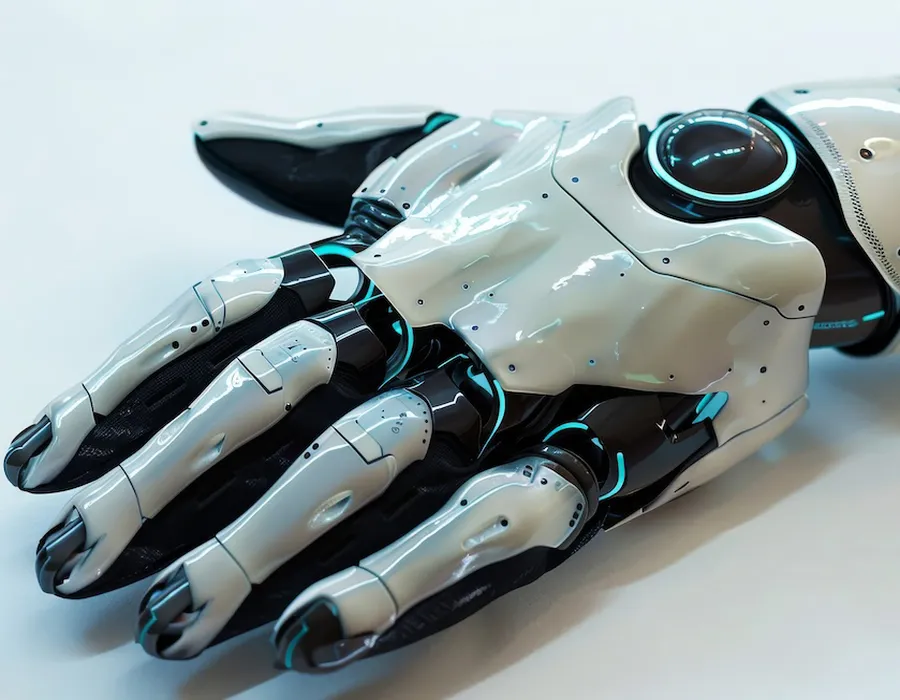 |  |
| Bevel Gear for Robotics and Automation | Bevel Gear for Consumer Electronics |
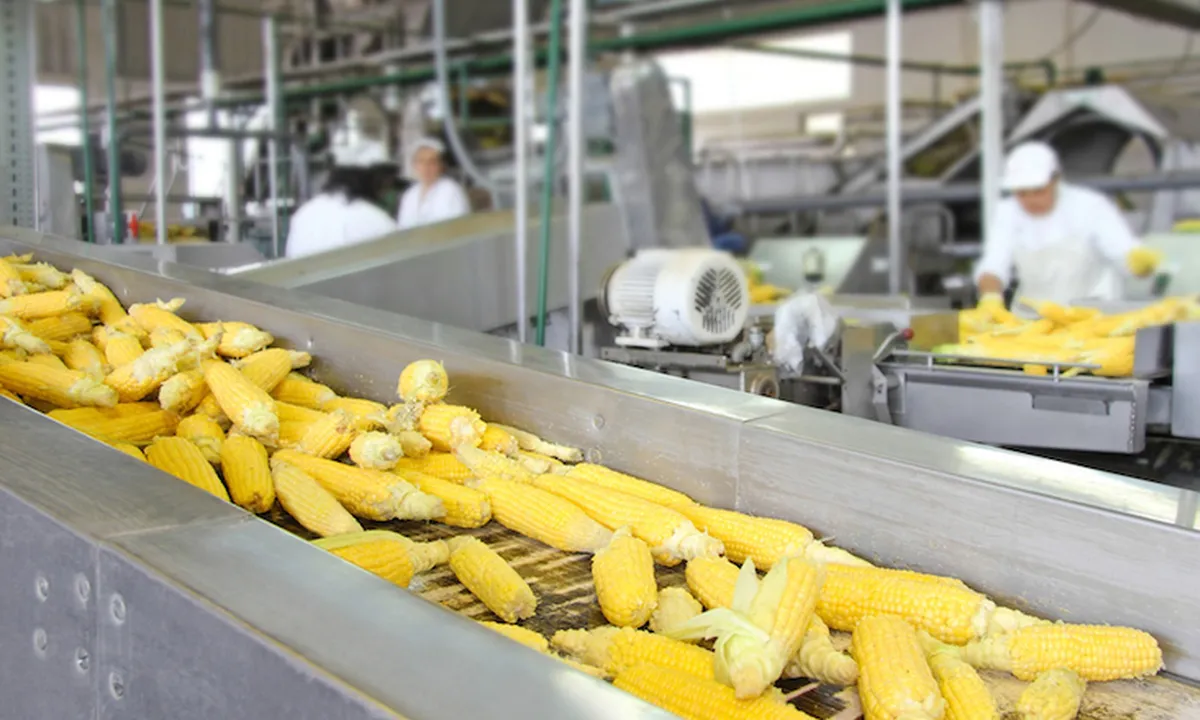 | 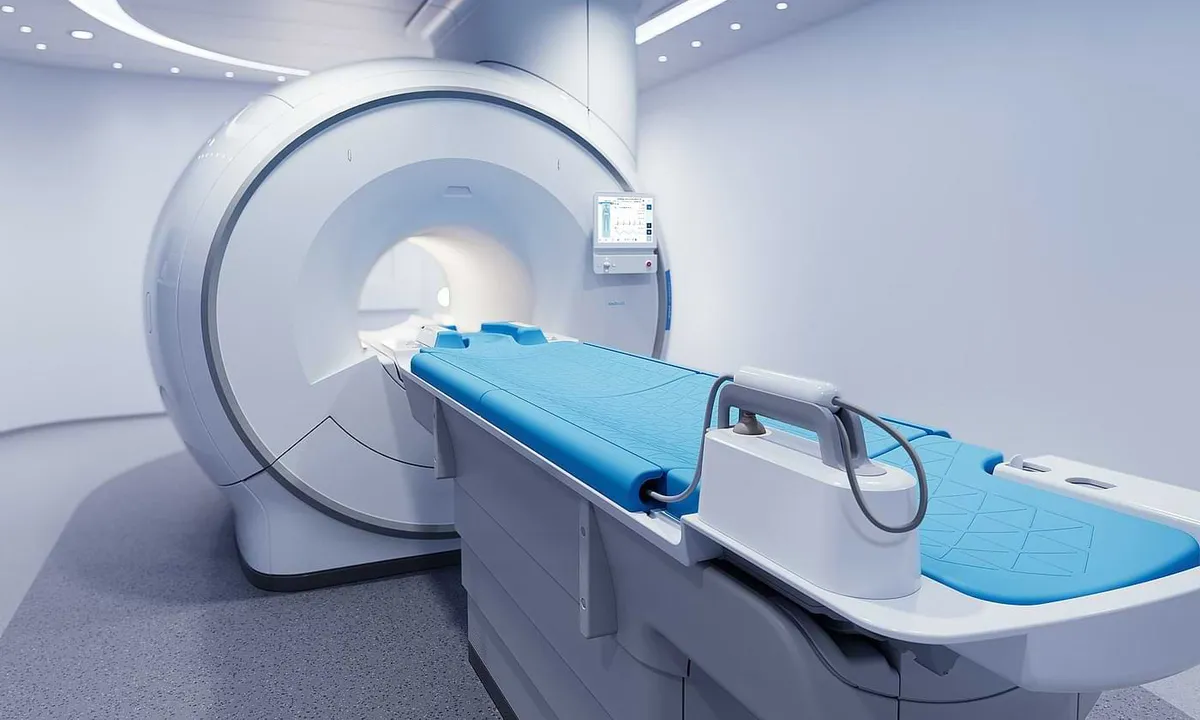 |
| Bevel Gear for Food Industry | Bevel Gear for Medical Industry |
Plastic Straight Bevel Gear Production Process
- Material Selection
The process begins with selecting a suitable plastic material, such as polyacetal or nylon, based on the gear’s application requirements. Factors like strength, wear resistance, and thermal stability are carefully considered to ensure optimal performance. - Gear Design and CAD Modeling
Engineers create a precise gear design using computer-aided design (CAD) software. The model includes specifications like gear ratio, module, tooth profile, and dimensions. Detailed modeling ensures accuracy and efficient meshing in the final application. - Injection Mold Creation
A high-precision mold is manufactured based on the CAD design. This mold serves as the template for mass production. Molds are typically made from steel to ensure durability and dimensional accuracy during repeated usage. - Injection Molding Process
The plastic material is melted and injected into the prepared mold under high pressure. The molten plastic fills the cavity, forming the gear shape. Once cooled and solidified, the gear is ejected from the mold. - Post-Molding Trimming and Finishing
After molding, excess material or flash is removed from the gear. Trimming ensures that the gear meets the desired specifications. Additional finishing processes, like polishing, may be applied to improve surface quality and reduce friction. - Quality Inspection and Testing
Each gear undergoes rigorous quality checks to ensure dimensional accuracy, tooth alignment, and material integrity. Testing may include visual inspection, strength testing, and functional tests to confirm that the gear meets application-specific standards. - Surface Treatment and Coating (Optional)
If required, surface treatments or coatings are applied to enhance gear performance. This may include adding a lubricant coating, UV protection, or anti-static treatments to improve durability and environmental resistance. - Packaging and Distribution
The finished gears are cleaned, packaged, and labeled for shipment. Proper packaging ensures protection during transportation. Gears are distributed to end-users for assembly into mechanical systems or devices.
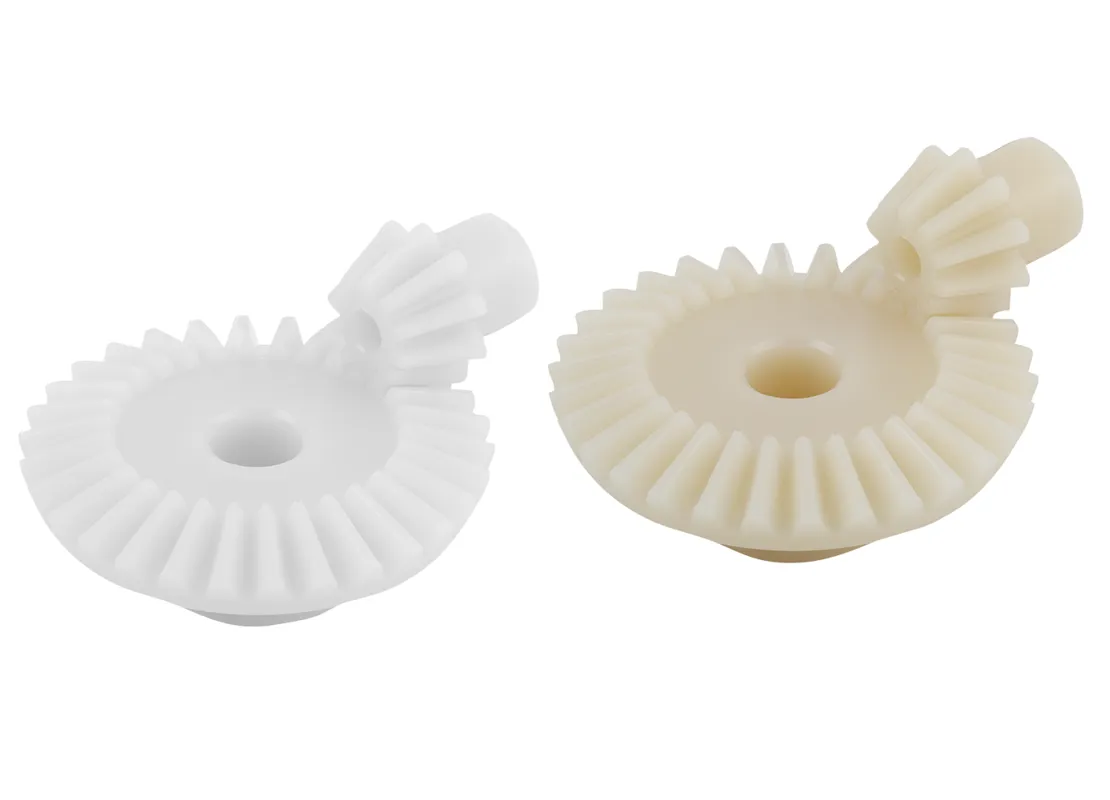
Additional information
| Edited by | Yjx |
|---|
